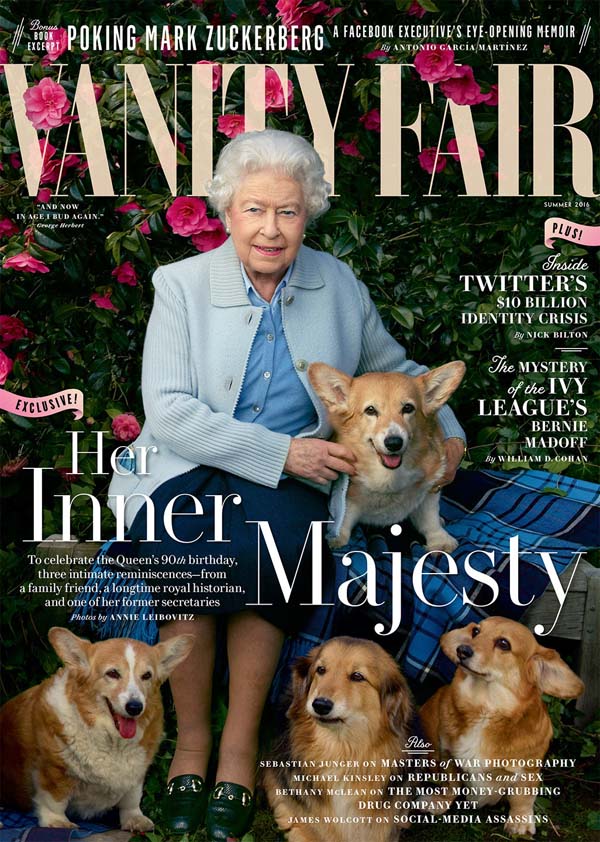An old journalism motto says that if a dog bites a man it is not news, while a man who bites a dog does. Unless it’s the queen’s dog, I add. The Queen’s dogs always make the news.
If you are not the queen and you want reporters to talk about you, you need three things: news, the perfect press release and good relations with reporters. Let’s look at these things one by one.
Not Everything Is News
The dog that bites a passer-by is not news because it is a frequent thing in our daily life. If we are that man, or if we are the owners of that dog, what happened will seem terribly important to us. Not everything that seems important to us, however, is really “newsworthy”.
What we need to understand is that – professionally speaking – journalists don’t care much about us and our message. Journalists are interested in the news. Each journalist receives hundreds of emails a day at their desk, sent by people who are convinced that what they want to say is really of general importance. In fact, it really is important, but only for themselves, not for the general public.
From the point of view of those who work for an information magazine, however, that communication may not be important and may not even contain a real piece of news. The truth is that few of the communications they receive are really relevant to news outlets.
Remember that space in the media is scarce, even if when we come to online publications. Equally poor is the attention of the public and it cannot be played with irrelevant information.
An event that has happened can only become news if it is unusual and relevant . Of course, this judgment is relative, not absolute. What is relevant news for a specialized audience may not be relevant for the general public. And viceversa.
The way in which a news is “constructed”, or the story of it, can make the difference, and this is the work of specialists. Most practical thing to do is to specialize or get help from a professional.
A Press Release That’s Perfect: Look How You Write It, More Or Less
Let’s say you have some real news (again the queen’s dog, or an initiative of your non-profit organization, or a revolutionary toothpaste …) and that you intend to make the world aware of it.
What are you doing? You write a big press release and ” spam ” it to the five hundred e-mail addresses of newspapers that a friend of your cousin passed you. Done! No? On the other hand, even if in the midst of those five hundred there are people and out-of-target editorial offices… who cares? At most they don’t publish it. After all … isn’t that their job? In fact, no, that’s not their job.
The Short Way To The Waste Bin
Because in the editorial office, given that he is flooded with e-mails, a journalist has a few seconds to decide whether to open your e-mail or forward it directly to the waste bin. It almost always decides on the basis of the sender (do I know him, is he reliable?) And the subject of the email (does it seem interesting?).
The emails that pass the first screening, have at most another couple of lines of breath before being trashed. In those two lines the fate of your press release and the news you care so much are at stake. If the first words of the article, the lead, does not catch the eye, it ends up in the basket on the second round instead of the first. And you don’t want to end up in the trash, right?
Therefore it is important that the subject of the email, title and initial sentence invite the reader to continue reading. At that point you will have had your chance, but you have only put your foot into the ajar door.
Not only the Lead, but the whole press release must be perfect, packaged according to some important rules. Here we indicate a few.
A Twelve Step Path to Get Your Perfect Press Release Done
Organize The Content of Your Press Release
- It must be written ” like a funnel “, organized in paragraphs that gradually add complementary details but less interesting for the public;
- Offer a title and a two- or three-line summary;
- The first paragraph should already contain everything a hasty reader needs to know. If the journalist does not have much space (even in online journalism there is a problem of space) but decides to give the news anyway, in those first lines there must be all the essential: the answer to the classic 5Ws of journalism : Who? What? When? Where? Why?
- Try to keep a simple style , don’t use long sentences and pay attention to punctuation. Remember that you are writing for an organization that has a style and a brand. Be consistent with the brand you represent . Shakespeare was not good at press releases. Don’t write like him;
- Explain the things you say without assuming that everyone knows the topic you are writing about. Do it as if you were explaining it to a five-year -old;
- If you mention people , write their name, surname, role … and their “relevant” statement in quotation marks, so that the reader gets the impression that the journalist was there. It helps to increase the interest of readers;
- Remember that, most likely, the journalist will not have time to do research and it would be better to attach any necessary document without hoping that he will go looking for them: high resolution photographs but not “heavy”, external links in the text of the email and so on;
- At the bottom of the press release always indicate your references and a brief profile of the organization (company, institution .. etc ) on behalf of which you are writing. This information will help the reporter understand who you are and possibly integrate the text;
After You have Packed Your Press Kit
- Do not send your press release in pdf format. What matters here is the text, not the appearance. If the editor has to work too hard on your piece, they will prefer another one. After all, not publishing your news won’t compromise his career. After all… you are not the Queen;
- Choose newspapers and journalists who deal with the topics of your press release , you will increase the probability that it will be published;
- Send your press release in time (you should find out about the closing dates of the issue in the editorial office); periodicals have very different timing from newspapers. Take this into account;
- Cross your fingers . It is quite unlikely that – without direct contact – your press release will be published, but you never know …
Your Relationship With Journalists
Now that, following these directions, you have written your perfect press release on the perfect news… what do you do with it? Do you have the right contacts to get the press release “out”?
The relationship with journalists is essential for good communication. Journalists experienced in the sector you are interested in can listen to what you have to say and, if they find it interesting, decide to dedicate attention and room to it. It is their job and to arrive first or in an original way on a story. It is a reason for professional gratification, also. Of course there must be a story to tell ,otherwise even the most generous professional could do not much to help you.
So, instead of spreading press releases left and right as you would with icing sugar on a cake, make a list of journalists and bloggers who follow your industry and try to get them close in time. It is better to have a few useful and direct contacts rather than hundreds of names of strangers. Those who know you will be able to evaluate your work more carefully.
Build a relationship with them and you will have a relationship when you need it. Give before asking.
Getting Help From media relations professionals
But you could probably also do without taking the time and energy to do all the work of finding the news, writing a press release, and contacting the reporters yourself. The investment of time and attention it takes to send out a few press releases a year may not pay off with results.
There are public relations and media relations companies or Press Office professionals who do nothing else than this, from morning to evening. They know how to recognize what is “newsworthy” in what you do, they know how to write press releases and they know journalists.
Communication professionals have built up a network of relationships over time. This is the key phrase in the whole affair. Those, the relationships, really make the difference. With a little practice and a few good manuals you might even get to write the perfect press release, but ultimately, that’s not the most important thing. The really important thing is to get to know the journalists in the sector directly and to be able to call them directly on the phone and maybe meet them. This is the one thing that reduces the risk of your news ending up in the trash can and this is the reason why you might decide to turn to professionals.
Improve Your Skills To Write The Perfect Press Release
Sure, communications professionals will want to get paid and maybe you can’t afford it. In this case you will have to do it yourself, perhaps using a book like A Modern Guide to Public Relations by Amy Rosenberg . Which can be a good starting point if you are completely lacking in information on the subject or if you want to keep up to date. These are not affiliation links.
Anyone can build a good contact agenda, but it takes time and good will. If you decide to go it alone, take this into account.
The photo illustration in this article reproduces the cover of Vanity Fair Summer 2016. The photo was taken by American photographer Annie Leibovitz. Copyright by Annie Leibovitz and Vanity Fair.



